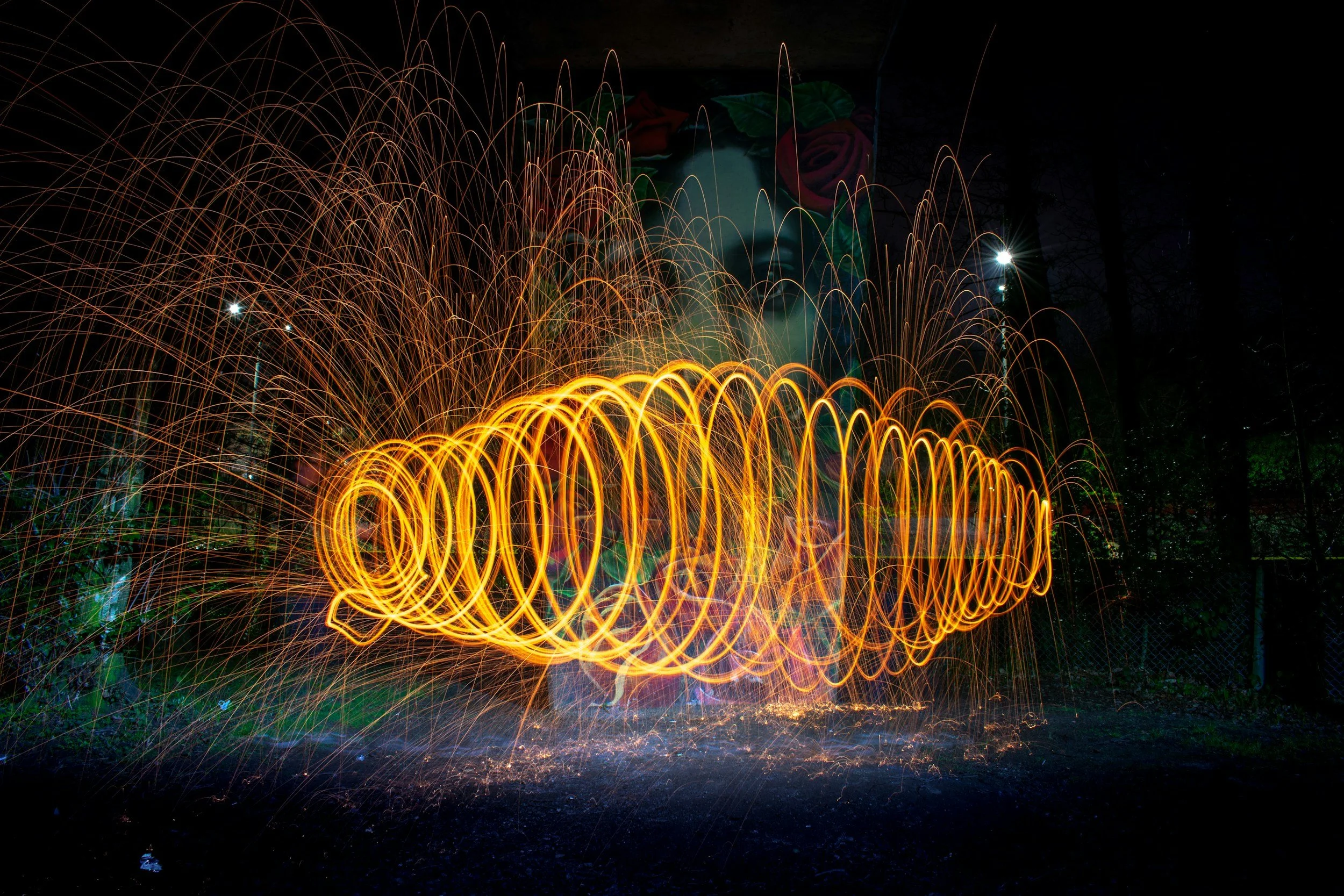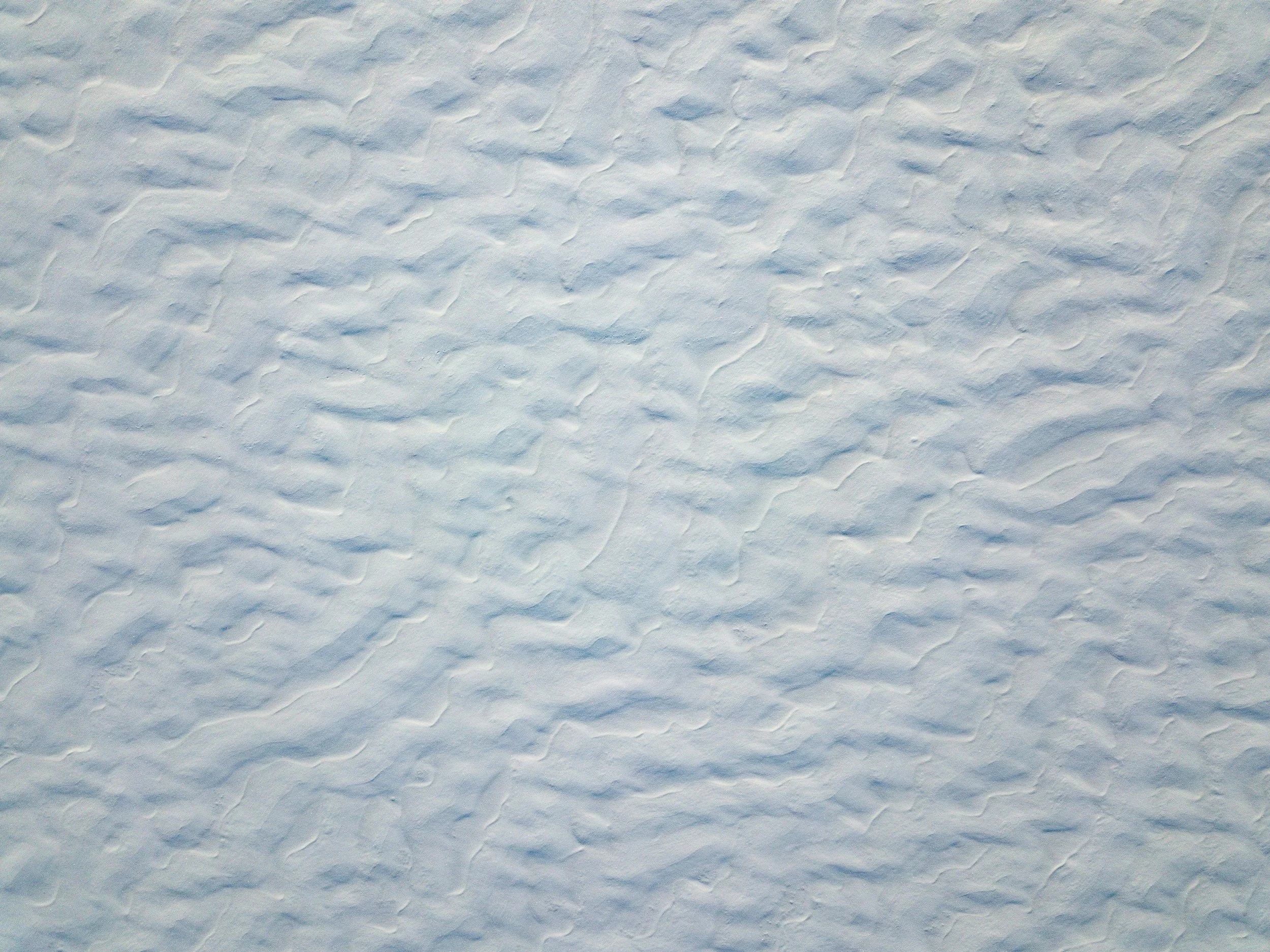Take A Nano-Nap
I’ve been surprised by the polarizing reaction to the concept of napping on the job. On the one hand, there are the (supposed) slackers who rejoice at the prospect of napping; on the other, the cold, hard efficiency-oriented hacks who insist no moment be “wasted.” Slacks vs Hacks.
To challenge both groups a bit, I’d like to point out a technique that renowned painter Salvador Dalí describes in detail in his treatise on stimulating creative thinking, 50 Secrets of Magic Craftsmanship. To the Slacks, Dalí writes:
“In this world if one aspires to do something very well, or even merely well, the problem immediately becomes one not merely of sleeping but also and especially one of working very hard. You will therefore have to get up each morning very early in order to take advantage of the maximum of daylight, and for this reason you must of the outside plan the afternoon nap that will be indispensable to your efficient labors at the end of the day…”
Slackers beware: doing exceptional work does require working hard, and attending to the efficiency of your labors. Lest the Hacks get upset quickly, though, at the very prospect of an “afternoon nap,” Dalí continues:
“But this ‘siesta’ (as we shall call it for the moment) will have to be of very short duration. So don't be astonished if I tell you now that a half hour’s sleep would even be much too much and that ten minutes would still be a good deal, and this for the simple reason that one minute would also appear to me excessive. Know, therefore, that your afternoon sleep must last less than a minute, less than a quarter of a minute, since, as you will immediately realize, a mere second is infinitely too long.
“This whole preamble is merely to prepare you to realize that your afternoon slumber must last less than a quarter of a second and that perhaps even this exceeds the limit, and that you must resolve the problem of ‘sleeping without sleeping,’ which is the essence of the dialectics of the dream, since it is a repose which walks in equilibrium on the taut and invisible wire which separates sleeping from waking. And this kind of slumber, which is conscious of the fact that it does not even achieve the state of slumber, is called the ‘slumber with a key.’ And I shall give you now one of the most naïve and simple ways of practicing it.”
He goes on to describe in great detail something very roughly approximated by what Thomas Edison did in his “Thinking Chair,” when courting insights and seeking to stimulate subconscious connections.
Obviously, the point I wanted to mention is that the concept of napping mustn’t be mistaken for a time-intensive activity. As Dalí says, the kind of afternoon nap that is “indispensable to your efficient labors…” “must last less than a quarter of a second,” and that perhaps “even this exceeds the limit.” I hope this will suffice to assuage the guilt that the Mervin Kelly’s of the world feel at the rumor of respite.
Related: Take a Micro-Nap
Click here to subscribe to Paint & Pipette, the weekly digest of these daily posts.










Cleverly deploying AI is not merely speeding up innovation—it's unlocking a fundamentally different relationship with the creative process. Here’s how to shift from operation, to orchestration.